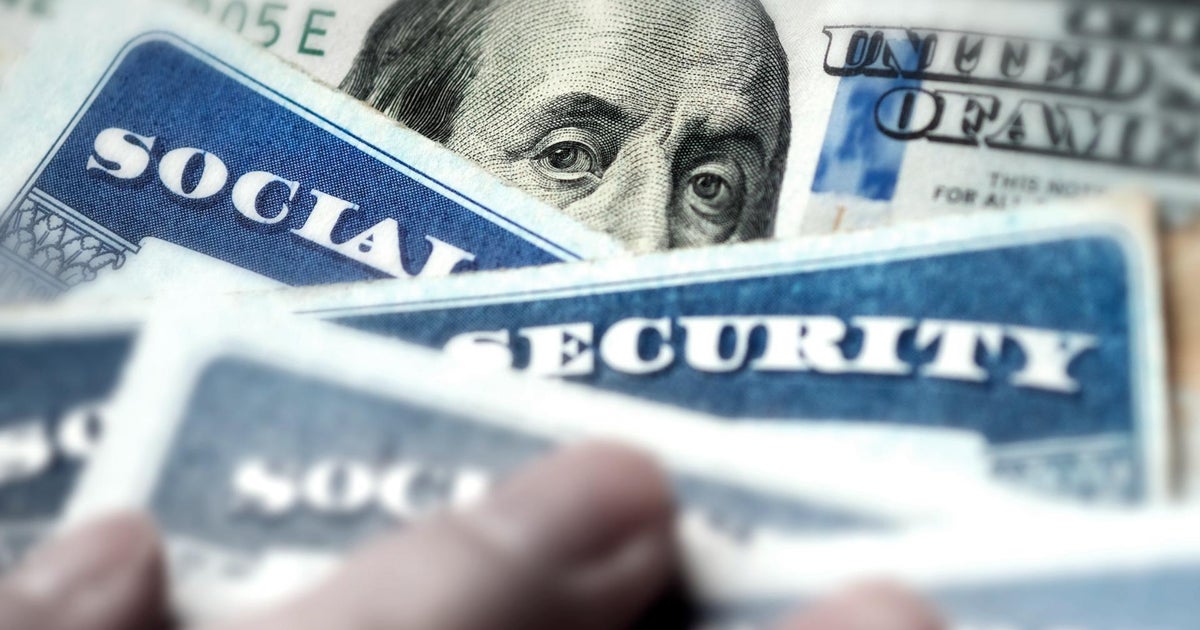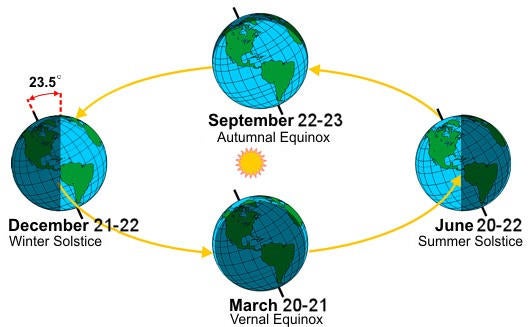CBS News
What does and doesn’t kill E. coli? What to know amid multiple outbreaks

From McDonald’s Quarter Pounder hamburger outbreak last month to a current recall of organic carrots sold at grocery stores across the country, E. coli outbreaks are making headlines — and prompting questions about how to stay safe from the bacteria that can cause sickness.
The carrot recall was issued by California grower Grimmway Farms on Saturday after nearly 40 cases were recorded in 18 states. At least 15 people were hospitalized and one person has died, the Centers for Disease Control and Prevention said.
The McDonald’s outbreak has killed one person in Colorado and affected at least 104 people across 14 states, according to the CDC.
Does cooking kill E. coli?
To kill E. coli present on carrots, you need to cook them to an internal temperature of at least 165°F, according to Dr. Céline Gounder, a CBS News medical contributor and editor-at-large for public health at KFF Health New. The same is true for killing E. coli in meat.
“You can use a food thermometer to confirm that this temperature was reached. So long as the food reaches this temperature, you can feel safe that E. coli bacteria have been eliminated,” she said. “Also note that some strains of E. coli are heat-resistant and can survive cooking temperatures as high as 160°F.”
If you have any recalled carrots in your home, the CDC recommends throwing them out or returning them to the store.
“Do not eat any recalled bagged organic carrots. Check your refrigerators or freezers for recalled carrots and throw them away,” the agency notes. “Wash items and surfaces that may have touched the recalled organic carrots using hot soapy water or a dishwasher.”
Family physician Dr. Beth Oller agrees it’s not worth the risk.
“If you have any of (the impacted produce), do not even risk it,” she told CBS News. “You know that this bacteria is on there, get rid of it. Get rid of anything that it has touched.”
How does E. coli get on vegetables?
There are several ways an E. coli contamination can occur, Gounder recently explained.
In meat, contamination can come from the bacteria that are in the intestines.
“E. coli reside in the intestine, so that’s one way in which you can have that contamination occur,” she said. “But also people who have not perhaps washed their hands properly (or) the facility.”
Infection can happen through contaminated food or water or contact with animals, environments or other people, the CDC’s website notes.
The best way to prevent infection is by keeping your hands clean, preparing food safely and drinking safe water, the agency adds.
Does washing vegetables kill E. coli?
While washing vegetables can help remove dirt, pesticides and some bacteria on the surface, it isn’t enough to kill all E. coli on foods, Gounder said.
“No matter how well you wash, it’s not going to kill it,” Oller said.
Does freezing kill E. coli?
While freezing foods can slow the growth of bacteria, it doesn’t kill E. coli.
“Freezing vegetables does not kill E. coli bacteria,” Gounder said. “Freezing pauses bacterial growth, but once food is thawed, E. coli can grow and multiply again.”
So while you may think there’s “no way something can survive being frozen,” Oller said, that’s “not true with E. coli.”
Why are there so many E. coli outbreaks?
After the outbreak linked to McDonald’s Quarter Pounders, Gounder said this is the result of a highly industrialized processed food supply.
“(This) means that your food is getting processed at different places at different points in time, each of which creates an opportunity for the introduction of some contaminant, whether that’s E. coli or listeria or something else,” she said. “All of these recent food contamination events are a signal to us that we do need to be paying a bit more attention to testing in some of these facilities.”
Oller pointed to more potential factors: growing antimicrobial resistance, which makes bacteria hardier, and large-scale food production and distribution, which allows outbreaks to spread further.
“Because that’s the world we live in now, it spreads throughout a country, instead of it just being a localized (issue),” she said.
CBS News
Social Security Fairness Act passes U.S. Senate

Legislation to expand Social Security benefits to millions of Americans passed the U.S. Senate early Saturday and is now headed to the desk of President Joe Biden, who is expected to sign the measure into law.
Senators voted 76-20 for the Social Security Fairness Act, which would eliminate two federal policies that prevent nearly 3 million people, including police officers, firefighters, postal workers, teachers and others with a public pension, from collecting their full Social Security benefits. The legislation has been decades in the making, as the Senate held its first hearings into the policies in 2003.
“The Senate finally corrects a 50-year mistake,” proclaimed Senate Majority Leader Chuck Schumer, a Democrat from New York, after senators approved the legislation at 12:15 a.m. Saturday.
The bill’s passage is “a monumental victory for millions of public service workers who have been denied the full benefits they’ve rightfully earned,” said Shannon Benton, executive director for the Senior Citizens League, which advocates for retirees and which has long pushed for the expansion of Social Security benefits. “This legislation finally restores fairness to the system and ensures the hard work of teachers, first responders and countless public employees is truly recognized.”
The vote came down to the wire, as the Senate looked to wrap up its current session. Senators rejected four amendments and a budgetary point of order late Friday night that would have derailed the measure, given the small window of time left to pass it.
Vice President-elect JD Vance of Ohio was among the 24 Republican senators to join 49 Democrats to advance the measure in an initial procedural vote that took place Wednesday.
“Social Security is a bedrock of our middle class. You pay into it for 40 quarters, you earned it, it should be there when you retire,” Ohio Senator Sherrod Brown, a Democrat who lost his seat in the November election, told the chamber ahead of Wednesday’s vote. “All these workers are asking for is for what they earned.”
What is the Social Security Fairness Act?
The Social Security Fairness Act would repeal two federal policies — the Windfall Elimination Provision (WEP) and the Government Pension Offset (GPO) — that reduce Social Security payments to nearly 3 million retirees.
That includes those who also collect pensions from state and federal jobs that aren’t covered by Social Security, including teachers, police officers and U.S. postal workers. The bill would also end a second provision that reduces Social Security benefits for those workers’ surviving spouses and family members. The WEP impacts about 2 million Social Security beneficiaries and the GPO nearly 800,000 retirees.
The measure, which passed the House in November, had 62 cosponsors when it was introduced in the Senate last year. Yet the bill’s bipartisan support eroded in recent days, with some Republican lawmakers voicing doubts due to its cost. According to the Congressional Budget Office, the proposed legislation would add a projected $195 billion to federal deficits over a decade.
Without Senate approval, the bill’s fate would have ended with the current session of Congress and would have needed to be re-introduced in the next Congress.
CBS News
12/20: CBS Evening News – CBS News

Watch CBS News
Be the first to know
Get browser notifications for breaking news, live events, and exclusive reporting.
CBS News
Saturday is the winter solstice and 2024’s shortest day. Here’s what to know about the official start of winter.

The 2024 winter solstice, the shortest day of the year, happens on Saturday, Dec. 21, in the Northern Hemisphere. The celestial event signifies the first day of winter, astronomically.
What is the winter solstice?
The winter solstice is the day each year that has the shortest period of daylight between sunrise and sunset, and therefore the longest night. It happens when the sun is directly above the Tropic of Capricorn, a line of latitude that circles the globe south of the equator, the National Weather Service explains.
The farther north you are, the shorter the day will be, and in the Arctic Circle, the sun won’t rise at all.
How is the day of the winter solstice determined?
The winter solstice occurs because of the Earth’s tilt as it rotates around the sun.
When the Northern Hemisphere tilts away from the sun, the nights last longer. The longest night happens on the solstice because the hemisphere is in its furthest position from the sun. That occurs each year on Dec. 21 or 22.
This year, it falls on Dec. 21 at 4:21 a.m ET, to be precise.
On the summer solstice, when the northern tilt is closest to the sun, we have the longest day, usually June 20 or 21.
National Weather Service
The solstices are not always exactly on the 21st every year because the earth’s rotation around the sun is 365.25 days, instead of 365 even.
Will days start getting longer after the winter solstice?
Yes. Each day after the solstice, we get one minute more of sunlight. It doesn’t sound like much, but after just two months, or around 60 days, we’ll be seeing about an hour more of sunlight.
When will winter officially be over in 2025?
The meteorological winter ends on March 20, 2025. Then, spring will last until June 20, when the summer solstice arrives.
How is the winter solstice celebrated around the world?
Nations and cultures around the world have celebrated the solstice since ancient times with varying rituals and traditions. The influence of those solstice traditions can still be seen in our celebrations of holidays like Christmas and Hanukkah, Britannica notes.
The ancient Roman Saturnalia festival celebrated the end of the planting season and has close ties with modern-day Christmas. It honored Saturn, the god of harvest and farming. The multiple-day affair had lots of food, games and celebrations. Presents were given to children and the poor, and slaves were allowed to stop working.
Gatherings are held every year at Stonehenge, a monumental circle of massive stones in England that dates back about 5,000 years. The origins of Stonehenge are shrouded in mystery, but it was built to align with the sun on solstice days.
Andrew Matthews/PA Images via Getty Images
The Hopi, a Native American tribe in the northern Arizona area, celebrate the winter solstice with dancing, purification and sometimes gift-giving. A sacred ritual known as the Soyal Ceremony marks the annual milestone.
In Peru, people honor the return of the sun god on the winter solstice. The ancient tradition would be to hold sacrificial ceremonies, but today, people hold mock sacrifices to celebrate. Because Peru is in the Southern Hemisphere, their winter solstice happens in June, when the Northern Hemisphere is marking its summer solstice.
Scandinavia celebrates St. Lucia’s Day, a festival of lights.
The “arrival of winter,” or Dong Zhi, is a Chinese festival where family gathers to celebrate the year so far. Traditional foods include tang yuan, sweet rice balls with a black sesame filling. It’s believed to have its origins in post-harvest celebrations.
Researchers stationed in in Antarctica even have their own traditions, which may include an icy plunge into the polar waters. They celebrate “midwinter” with festive meals, movies and sometimes homemade gifts.









